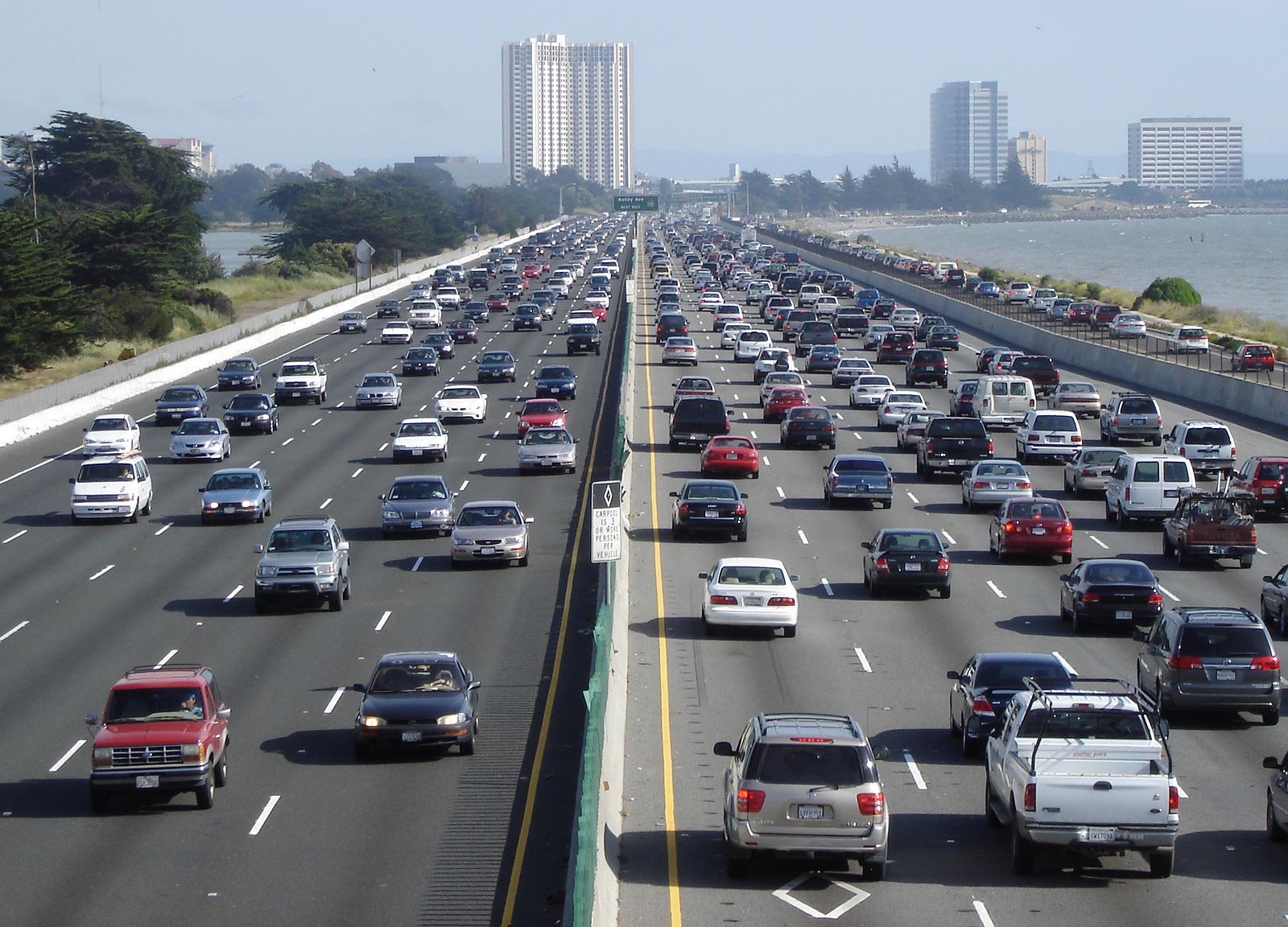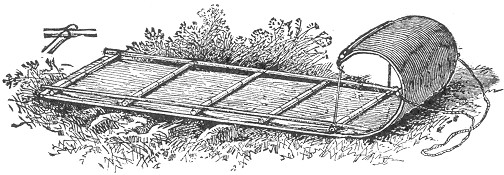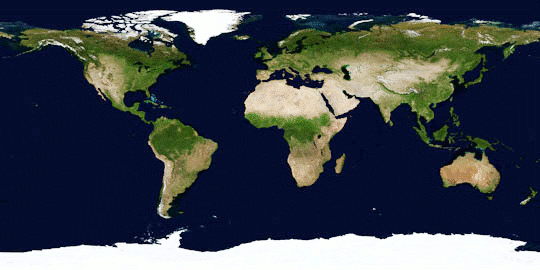|
Räven Raskar över Isen
"Räven raskar över isen" (Swedish), or "Reven rasker over isen" (Norwegian) or "Ræven rasker over isen" (Danish) ("The Fox Hurries Across the Ice") is an old Scandinavian folksong performed as a singing game when dancing around the Christmas tree and in Sweden also the midsummer pole. The opening verses are often "flickornas visa" ((in Swedish; the "girls' song"), where the participants curtsey) or "pojkarnas visa" ((in Swedish; the "boys' song"), where the participants bow). After that, the verses may vary. However, in Swedish the "songs" of ''Grin-Olle'' and ''Skratt-Olle'' ("crybaby Olle" and "laughing Olle") are common. According to the Olaus Rudbeck's historical compilation '' Atlantica'' the song opens: "Hå, hå, Räfwen han låckar på isen". In the 1950 Carl-Herman Tillhagen and Nils Deckers compilation '' Svenska folkvisor och danser'' is a version opening with the line "Räven raskar över riset". Publication *'' Lek med toner'', 1971 (as "Sånglek") *'' Julens ö ... [...More Info...] [...Related Items...] OR: [Wikipedia] [Google] [Baidu] |
Scandinavia
Scandinavia is a subregion#Europe, subregion of northern Europe, with strong historical, cultural, and linguistic ties between its constituent peoples. ''Scandinavia'' most commonly refers to Denmark, Norway, and Sweden. It can sometimes also refer to the Scandinavian Peninsula (which excludes Denmark but includes a part of northern Finland). In English usage, Scandinavia is sometimes used as a synonym for Nordic countries. Iceland and the Faroe Islands are sometimes included in Scandinavia for their Ethnolinguistics, ethnolinguistic relations with Sweden, Norway and Denmark. While Finland differs from other Nordic countries in this respect, some authors call it Scandinavian due to its economic and cultural similarities. The geography of the region is varied, from the Norwegian fjords in the west and Scandinavian mountains covering parts of Norway and Sweden, to the low and flat areas of Denmark in the south, as well as archipelagos and lakes in the east. Most of the population ... [...More Info...] [...Related Items...] OR: [Wikipedia] [Google] [Baidu] |
Stockholm
Stockholm (; ) is the Capital city, capital and List of urban areas in Sweden by population, most populous city of Sweden, as well as the List of urban areas in the Nordic countries, largest urban area in the Nordic countries. Approximately 1 million people live in the Stockholm Municipality, municipality, with 1.6 million in the Stockholm urban area, urban area, and 2.5 million in the Metropolitan Stockholm, metropolitan area. The city stretches across fourteen islands where Mälaren, Lake Mälaren flows into the Baltic Sea. Outside the city to the east, and along the coast, is the island chain of the Stockholm archipelago. The area has been settled since the Stone Age, in the 6th millennium BC, and was founded as a city in 1252 by Swedish statesman Birger Jarl. The city serves as the county seat of Stockholm County. Stockholm is the cultural, media, political, and economic centre of Sweden. The Stockholm region alone accounts for over a third of the country's Gros ... [...More Info...] [...Related Items...] OR: [Wikipedia] [Google] [Baidu] |
Motor Vehicle
A motor vehicle, also known as a motorized vehicle, automotive vehicle, automobile, or road vehicle, is a self-propelled land vehicle, commonly wheeled, that does not operate on railway track, rails (such as trains or trams), does not fly (such as airplanes or helicopters), does not float on water (such as boats or ships), and is used for the transportation of people or cargo. The propulsion#Vehicular propulsion, vehicle propulsion is provided by an engine, engine or motor, usually a gasoline engine, gasoline/diesel engine, diesel internal combustion engine or an electric motor, electric traction motor, or some hybrid vehicle drivetrain, combination of the two as in hybrid electric vehicles and plug-in hybrid vehicles. For legal purpose, motor vehicles are often identified within a number of vehicle classes including cars, buses, motorcycles, off-road vehicles, light trucks and regular trucks. These classifications vary according to the legal codes of each country. Internationa ... [...More Info...] [...Related Items...] OR: [Wikipedia] [Google] [Baidu] |
Road
A road is a thoroughfare used primarily for movement of traffic. Roads differ from streets, whose primary use is local access. They also differ from stroads, which combine the features of streets and roads. Most modern roads are paved. The words "road" and "street" are commonly considered to be interchangeable, but the distinction is important in urban design. There are many types of roads, including parkways, avenues, controlled-access highways (freeways, motorways, and expressways), tollways, interstates, highways, and local roads. The primary features of roads include lanes, sidewalks (pavement), roadways (carriageways), medians, shoulders, verges, bike paths (cycle paths), and shared-use paths. Definitions Historically, many roads were simply recognizable routes without any formal construction or some maintenance. The Organization for Economic Co-operation and Development (OECD) defines a road as "a line of communication (travelled way) using a stab ... [...More Info...] [...Related Items...] OR: [Wikipedia] [Google] [Baidu] |
Pulk
A pulk (from , via ; ; ; ) is a Nordic countries, Nordic short, low-slung small sled used in sport or for transport, pulled by a dog or a skiing, skier, or in Sápmi pulled by reindeer. – University of Texas at Austin They are classically made out of wood and other natural materials but are nowadays made of plastic, which makes them inexpensive. Pulks are originally meant to carry supplies such as a tent or food, or transport a child or other person. In Norway and Sweden, pulks are often used by parents to pull small children on skiing trips. In Finland and Sweden, pulks exist as a winter toy, mainly for children, for going downhill. Besides the classic toy pulk there are similar alternatives like "Sled#Recreation, saucers" (pulks shaped like a disc), as well as ... [...More Info...] [...Related Items...] OR: [Wikipedia] [Google] [Baidu] |
Toboggan
A toboggan is a simple sled used in snowy winter recreation. It is also a traditional form of cargo transport used by the Innu, Cree and Ojibwe of North America, sometimes part of a dog train. It is used on snow to carry one or more people (often children) down a hill or other slope for recreation, or as a rescue sled. Designs vary from simple, traditional models to modern engineered composites. A toboggan differs from most sleds or sleighs in that it has no runners or skis (or only low ones) on the underside. The bottom of a toboggan rides directly on the snow. Some parks include designated toboggan hills where ordinary sleds are not allowed and which may include toboggan runs similar to bobsleigh courses. Toboggans can vary depending on the climate and geographical region. Such examples are Tangalooma (Australia) where toboggans are made from Masonite boards and used for travelling down steep sand dunes at speeds up to . Etymology The term toboggan likely comes from an ... [...More Info...] [...Related Items...] OR: [Wikipedia] [Google] [Baidu] |
Hill
A hill is a landform that extends above the surrounding terrain. It often has a distinct summit, and is usually applied to peaks which are above elevation compared to the relative landmass, though not as prominent as Mountain, mountains. Hills fall under the category of slope landforms. Terminology The distinction between a hill and a mountain is unclear and largely subjective, but a hill is universally considered to be not as tall, or as Grade (slope), steep as a mountain. Geographers historically regarded mountains as hills greater than above sea level. In contrast, hillwalkers have tended to regard mountains as peaks above sea level. The ''Oxford English Dictionary'' also suggests a limit of and Whittow states "Some authorities regard eminences above as mountains, those below being referred to as hills." Today, a mountain is usually defined in the UK and Ireland as any summit at least high, while the UK government's Countryside and Rights of Way Act 2000 defined mou ... [...More Info...] [...Related Items...] OR: [Wikipedia] [Google] [Baidu] |
Winter
Winter is the coldest and darkest season of the year in temperate and polar climates. It occurs after autumn and before spring. The tilt of Earth's axis causes seasons; winter occurs when a hemisphere is oriented away from the Sun. Different cultures define different dates as the start of winter, and some use a definition based on weather. When it is winter in the Northern Hemisphere, it is summer in the Southern Hemisphere, and vice versa. Winter typically brings precipitation that, depending on a region's climate, is mainly rain or snow. The moment of winter solstice is when the Sun's elevation with respect to the North or South Pole is at its most negative value; that is, the Sun is at its farthest below the horizon as measured from the pole. The day on which this occurs has the shortest day and the longest night, with day length increasing and night length decreasing as the season progresses after the solstice. The earliest sunset and latest sunrise dates outs ... [...More Info...] [...Related Items...] OR: [Wikipedia] [Google] [Baidu] |
Fire Truck
A fire engine or fire truck (also spelled firetruck) is a vehicle, usually a specially designed or modified truck, that functions as a firefighting apparatus. The primary purposes of a fire engine include transporting firefighters and water to an incident as well as carrying equipment for firefighting operations in a fire drill. Some fire engines have specialized functions, such as wildfire suppression and aircraft rescue and firefighting, and may also carry equipment for technical rescue. Many fire engines are based on a commercial vehicle chassis that is further upgraded and customized for firefighting requirements. They are generally considered emergency vehicles authorized to be equipped with emergency lights and sirens, as well as communication equipment such as two-way radios and mobile computer technology. The terms ''fire engine'' and ''fire truck'' are often used interchangeably to a broad range of vehicles involved in firefighting; however, in some fire depar ... [...More Info...] [...Related Items...] OR: [Wikipedia] [Google] [Baidu] |
Emergency Vehicle
An emergency vehicle is a vehicle used by emergency services. Emergency vehicles typically have specialized Emergency vehicle lighting, emergency lighting and Emergency vehicle equipment, vehicle equipment that allow emergency services to reach Call for service, calls for service in a timely manner, transport equipment and resources, or perform their tasks efficiently. Emergency vehicles are usually operated by authorized government agencies, but some may also be operated by private entities where permitted by law. Emergency vehicles are usually given Traffic#Passage Priority (right of way), right of way in traffic, and may be exempted from certain basic road laws to reach their destinations in the fastest possible time, such as driving through a red traffic light or exceeding the speed limit; however, this is almost always done with emergency lights and sirens on, to alert traffic that the emergency vehicle is approaching. In some jurisdictions, the driver of an emergency vehicle ... [...More Info...] [...Related Items...] OR: [Wikipedia] [Google] [Baidu] |
Anita Och Televinken
''Anita och Televinken'' was a Swedish children's programme starting at in 1964. Televinken was a marionette operated by Ola Lundberg, also voicing the doll. Anita Lindman Lamm played Anita. In 1969, cooperation with Barnens trafikklubb began. Programmes aired over Sveriges Radio Sveriges Radio Aktiebolag, AB (; "Sweden's Radio") is Sweden's national publicly funded radio programming, radio broadcaster. Sveriges Radio is a public limited company, owned by an independent foundation, previously funded through a television .... The theme was teaching children how to act when out in traffic, often with song lyrics written by Gullan Bornemark, usually re-using famous tunes. In 1974, NTF and Barnens trafikklubb released Anita & Televinkens trafikskiva. The cancellation of the traffic-related programmes has been criticized for reducing the awareness of how to act out in traffic. Episodes of the series were sold to Icelandic television in 1977, dubbed in Icelandic, in line w ... [...More Info...] [...Related Items...] OR: [Wikipedia] [Google] [Baidu] |
Gullan Bornemark
Elin Gunhild "Gullan" Bornemark (; born 28 November 1927) is a Swedish musician, lyricist, composer and, between 1951 and 2007, music teacher. Bornemark was born in Härnösand, Sweden. She wrote song lyrics, usually using already famous tunes, for ''Anita och Televinken ''Anita och Televinken'' was a Swedish children's programme starting at in 1964. Televinken was a marionette operated by Ola Lundberg, also voicing the doll. Anita Lindman Lamm played Anita. In 1969, cooperation with Barnens trafikklubb bega ...'' with the ambition of teaching children how to behave in traffic. Famous songs * * * * " Lillebror" (1964) * * * * (also known as ) References 1927 births Living people Swedish composers Swedish songwriters People from Härnösand Children's songwriters Musicians from Västernorrland County {{songwriter-stub ... [...More Info...] [...Related Items...] OR: [Wikipedia] [Google] [Baidu] |







